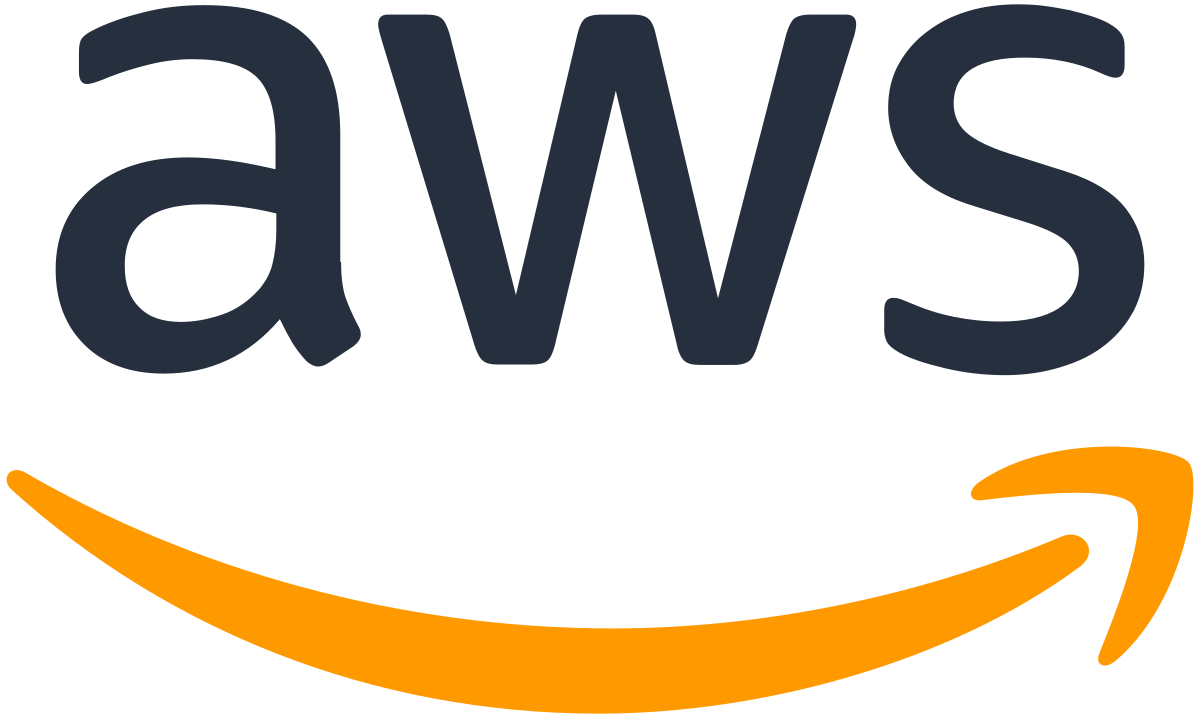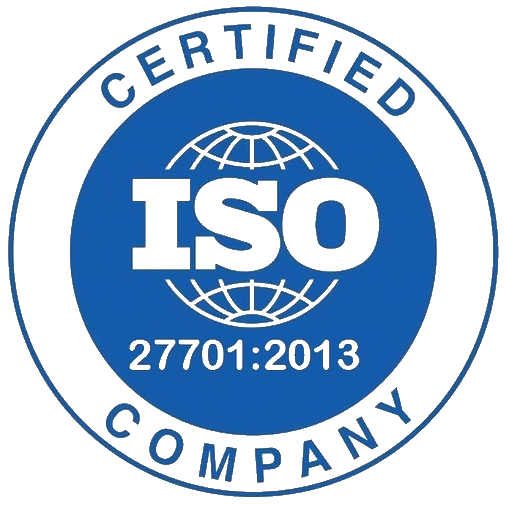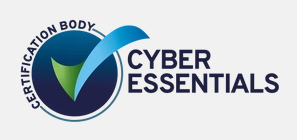Resources
ISO 27001
ISO/IEC 27001:2013 information security, cybersecurity and privacy protection certificate
ISO 27701
ISO/IEC 27701:2019 privacy information management system protection certificate
Data Flow Diagram
Clearspeed isolated region data flows for a generic full deployment configuration
Clearspeed High-Level System Diagram
Clearspeed full system architecture with multiple regions and access points
UK Cyber Essentials
Data Retention & Disposal Policy
FAQs
Subprocessors

Amazon Web Services
Comprehensive platform and infrastructure solution to deploy, operate, and scale our applications, services, and data in a secure and highly available cloud environment

Twilio Inc.
Cloud communications platform used to provide programmable communication for phone calls, messaging, and web service APIs

Telnyx LLC
Cloud communications platform used to provide programmable communication for phone calls, messaging, and web service APIs
Monitoring
Compliance

ISO 27001
Information Security Management System (ISMS) Certification

ISO 27701
Privacy Information Management System (PIMS) Certification
GDPR
Protect the personal data and privacy of EU citizens for transactions that occur within EU member states
NIST Cybersecurity
A set of guidelines, standards, and best practices designed to manage cybersecurity risks
NIST 800-171
Protection of the confidentiality of controlled unclassified information (CUI) within non-federal systems and organizations
CCPA
State law that grants California residents certain rights and protections regarding their personal information collected by businesses operating in California

UK Cyber Essentials
The Cyber Essentials scheme is a UK government-backed framework supported by the NCSC (National Cyber Security Centre).
